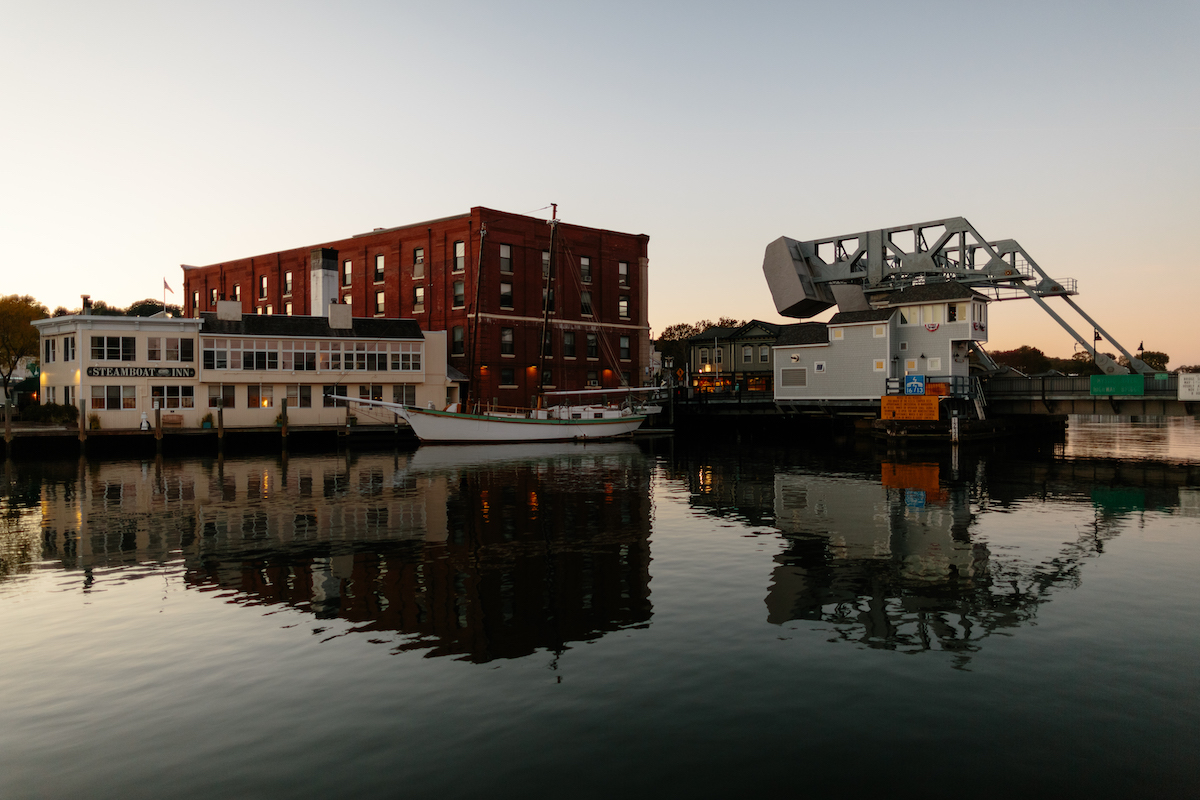CONCLUSION
Southeastern Connecticut is unique. There are shorelines, urban centers, rural agriculture-based areas, suburban areas, and many small towns. There are areas where jobs go wanting for lack of a local trained workforce, and areas where unemployment is high. In practically all areas, affordable housing is lacking.
The region is only a few hours from major metropolitan centers and, due to that, enjoyed some investment during the pandemic as people sought a different quality of life. Simply put, more people are needed in the region for it to grow and prosper.
Economic development has many definitions and is often misunderstood by municipal leaders, residents and even development professionals and practitioners. There are many and sundry reasons for this, and there is an ongoing and healthy debate between those who want to ensure and

promote a vibrant business environment and those who what to preserve and cultivate the region’s quality of life. The two visions are not mutually exclusive, and proper planning, strong municipal and community leadership, and an enlightened business community can ensure an economically-viable region with a high quality of life.
Many planning, community development and economic development practitioners debate, analyze, and debate some more these same issues re: quality of business environment (QOBE) over quality of life (QOL) considerations. In a recent paper, An Aggregate Approach to Estimating Quality of Life in Micropolitan Areas, the authors assert that in micropolitan areas there are indications that a “higher QOL drives both population growth and employment growth more than QOBE in micropolitan area counties” (An aggregate approach to estimating quality of life in micropolitan areas | SpringerLink). Interestingly, SECT EDD is referenced in the 2020 Census as a metropolitan area because it has a population more than 50,000 (Metropolitan and Micropolitan Statistical Areas of the United States and Puerto Rico (census.gov)). However, due to the unique blend of rural, urban and suburban environments in the region, one could argue several micropolitan sub-regions exist.
CEDS 2023 is a blend of QOBE and QOL strategic goals and actions. The region CAN thrive AND maintain a high quality of life. The goal Support People, perhaps the most important of the three goals, reminds everyone that the region is stronger when all – family members, professional and scientific workers, craftspeople, tradespeople, hospitality and healthcare workers, residents, business owners – strive for the same outcomes.
